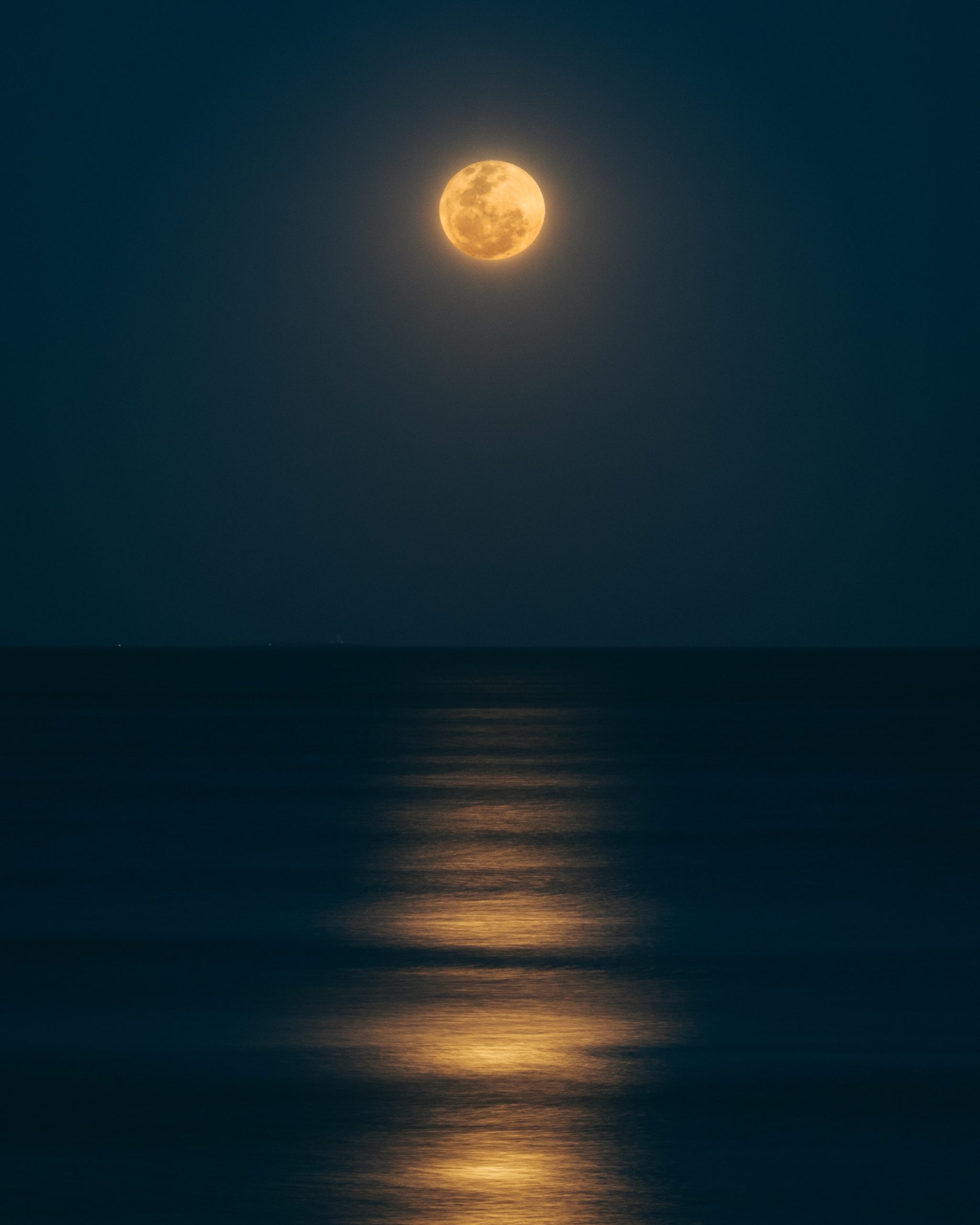Exploring the World of Labyrinth VFX: Unraveling the Magic Behind the Scenes
Visual effects, commonly abbreviated as VFX, have been an integral part of the film industry for decades, enhancing storytelling by creating breathtaking visual spectacles. One such masterpiece that captivated audiences with its innovative use of VFX is the 1986 fantasy film, Labyrinth.
Labyrinth, directed by Jim Henson and starring David Bowie and Jennifer Connelly, takes viewers on a captivating journey through a magical labyrinth. This film pushed the boundaries of visual effects at the time and set a benchmark for future movies in the genre. In this blog post, we will dive deep into the mesmerizing world of Labyrinth VFX, examining the techniques used and the impact it had on the film’s overall success.
The Pioneers of Labyrinth VFX
To truly appreciate the groundbreaking VFX of Labyrinth, we must acknowledge the talented team that brought the film to life. The visionary responsible for the film’s incredible creatures and puppetry was Jim Henson, renowned for his work on “The Muppets” and “Sesame Street.”
Assisting Henson in creating the magic were George Gibbs, the special effects supervisor, and Derek Meddings, the visual effects supervisor, both of whom had extensive experience in the industry. The combined expertise of these individuals was instrumental in the success of Labyrinth’s VFX.
Puppetry and Animatronics: The Heart of Labyrinth
At the core of Labyrinth’s visual effects are the intricate puppetry and animatronics, which seamlessly blend real actors with fantastical creatures. Jim Henson Studios utilized a combination of practical effects and puppetry to bring the labyrinth’s denizens to life.
The Goblin King, played magnificently by David Bowie, was a perfect example of the film’s blend of practical and visual effects. Bowie’s Goblin King makeup, created by artist Nick Dudman, was enhanced with animatronic elements, breathing life into the character on screen. This integration of practical and visual effects created a stunningly realistic portrayal of the Goblin King.
Another standout creature from Labyrinth was Hoggle, a dwarf-like character played by Shari Weiser. Hoggle’s appearance relied heavily on animatronics, operated by puppeteers behind the scenes. The expressive movements and intricate facial expressions of the Hoggle puppet made the character relatable and endearing to the audience.
While puppetry and animatronics were the hero of Labyrinth’s VFX, it is worth noting that digital effects were also employed to enhance certain scenes and sequences. These early digital effects were used sparingly but added to the film’s overall visual feast.
Forced Perspective: Creating Larger-Than-Life Environments
Another mesmerizing aspect of Labyrinth’s VFX was the clever use of forced perspective to create expansive and immersive environments. Forced perspective is a technique that manipulates the perception of depth, making objects appear larger or smaller than they actually are.
In Labyrinth, forced perspective was used extensively to create the illusion of a larger-than-life labyrinth. The combination of practical miniature sets, matte paintings, and careful positioning of actors allowed the labyrinth to feel vast and labyrinthine, captivating viewers and drawing them deeper into the world of the film.
One notable example of forced perspective in Labyrinth is the famous Escher Room scene. This mind-bending sequence was achieved by constructing an elaborate set that employed forced perspective to create the illusion of ascending staircases and impossible architectural configurations. The result was a visually stunning scene that left audiences in awe.
The Legacy of Labyrinth VFX
Labyrinth’s groundbreaking visual effects continue to be influential in the film industry. The innovative use of practical effects, puppetry, animatronics, and forced perspective set a high bar for future filmmakers, inspiring them to push the boundaries of what is possible.
Even in the age of advanced digital effects, Labyrinth serves as a reminder of the artistry and craftsmanship involved in creating practical effects. The film’s VFX team demonstrated that a combination of real-world elements and digital enhancements can create a truly immersive experience for audiences.
Many modern filmmakers cite Labyrinth as a source of inspiration. Guillermo del Toro, renowned for his visually stunning films, has often praised the groundbreaking VFX of Labyrinth and its influence on his own work.
In Conclusion: The Magic Within Labyrinth VFX
Labyrinth stands as a testament to the power of visual effects in enhancing storytelling. The film’s pioneering use of puppetry, animatronics, forced perspective, and limited digital effects created a captivating and immersive world like no other.
The dedication and creativity displayed by Jim Henson Studios and the VFX team behind Labyrinth continue to inspire filmmakers to this day. Their ability to merge reality with fantasy through practical effects showcases the artistry involved in the craft of visual effects.
If you haven’t yet experienced the enchantment of Labyrinth, I highly recommend giving it a watch. Dive into the labyrinth and witness firsthand the magic that unfolded behind the scenes through the mesmerizing world of Labyrinth VFX.
Table of Contents
